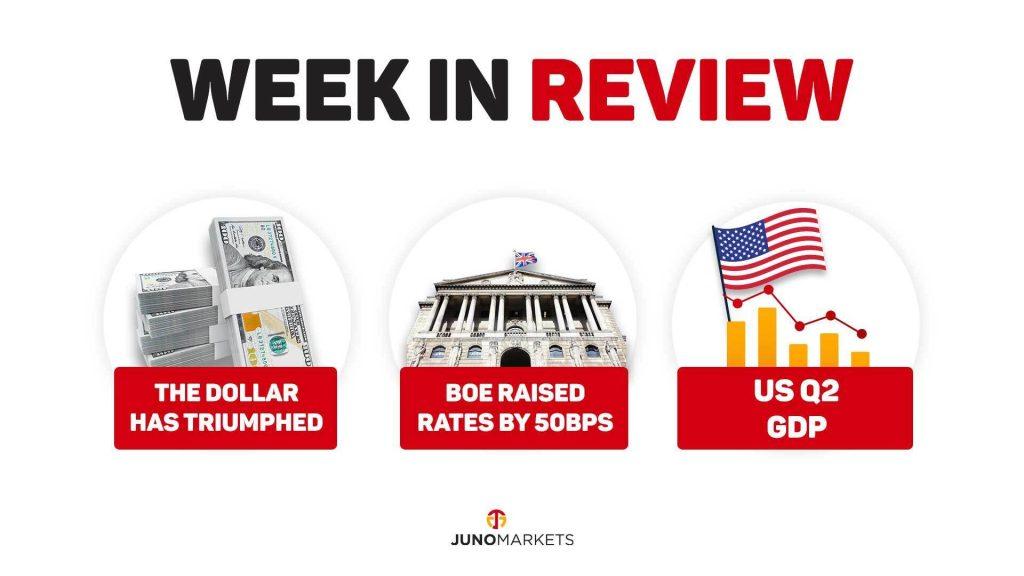The dollar has triumphed
Fed raises rates by 75bps to 3.35% in its September meeting as expected and after the FOMC rocked the markets, king dollar is still the winner. The new “dot plot” shows the Federal Funds Rate increasing by about 4.5%, showing that the Fed will keep raising rates quickly and forcefully in the foreseeable future.
Fed is still reliant on data and is placing more and more emphasis on the labor markets and present economic progress. Despite recession fears and what appears to be a permanent shift lower in the average path of labor supply growth, the demand for labor is still quite high historically.
In order to restore the economy’s aggregate demand to its original equilibrium with supply, Fed must continue its monetary tightening, as Powell emphasized once more during the press conference. The overheating is particularly noticeable in the labor markets, where the ongoing increase in labor costs continues to put pressure on consumer prices to rise broadly.
The market is anticipating a 75bps rate hike in November then 50bps increase in December, and 25bps in the early 2023.
Additionally, the likelihood that the Fed will keep financial conditions tight for an extended period continues to be skewed.
BOE raised rates by 50bps
The Bank of England lifted rates by 50bps to 2.25% which was less than the other central banks. While that has met economists’ projections, it has fallen short of market expectations of 75bps.
Buy the rumor, sell the fact won’t probably be the end of the pound’s decline. But in the quest for supremacy among central banks, the BOE is falling behind. Because a sizable portion of Britain’s consumption was imported, the pound is expected to keep declining in value in the absence of substantial rate hikes.
Three of the nine members of BOE approved a 75bps hike and the bank also announced plans to progressively sell bonds known as gilts in the UK. These developments were sweeteners for supporters of the pound sterling. This is the reverse of printing money, which is to withdraw money from the market.
US Q2 GDP
US Q2 GDP was just lowered from -0.9% to -0.6%, remaining technically in a recession but a notable improvement above the -1.9% observed in Q1. Personal consumption which was revised up from 1% to 1.5% was the main driver of this improvement. Supply chain disruptions have contributed to the loss in economic output by preventing many products from being finished or causing them to become backed up in ports due to lockdowns or other similar circumstances. The data this week is not anticipated to significantly alter the headline figure.




